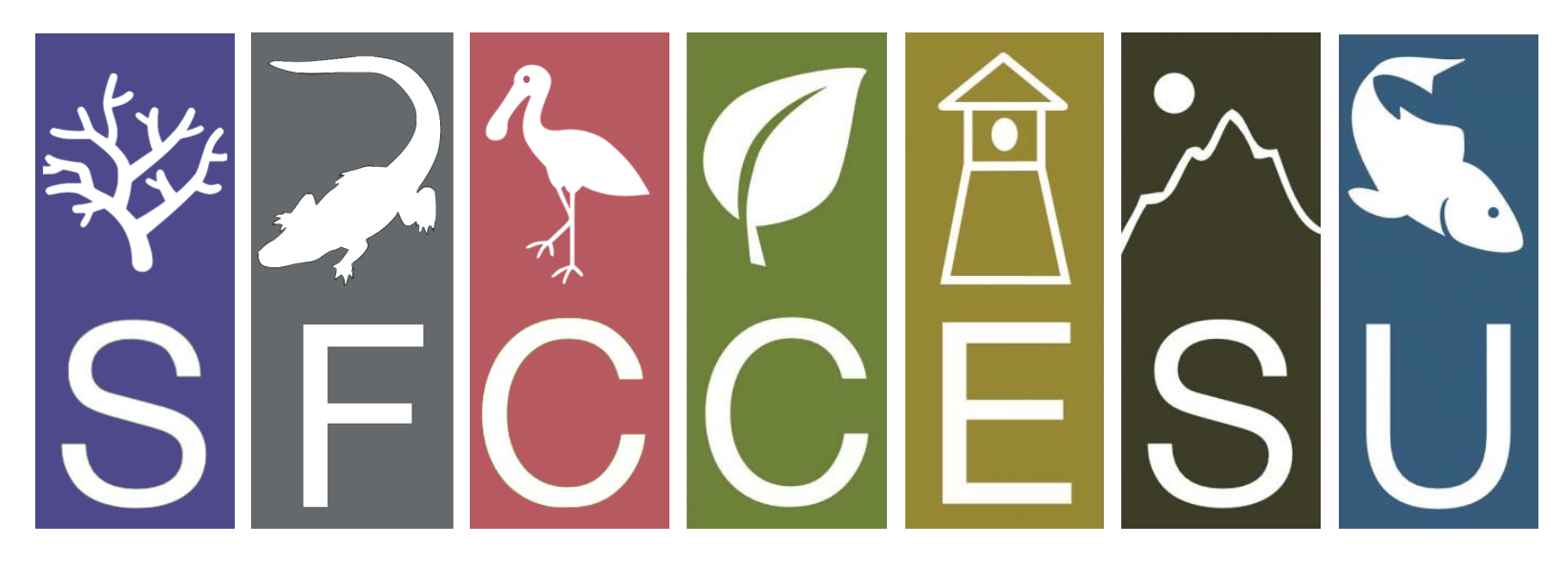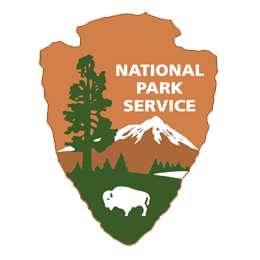Responses to this Request for Statement of Interest will be used to identify potential collaborators for a project funded by the National Park Service (NPS). The project will document the spatial distribution, radiances, and spectral characteristics of light sources that contribute to sky glow affecting coastal and beach habitat on the Gulf Coasts of Alabama and Florida near Gulf Islands National Seashore and the Bon Secour National Wildlife Refuge. The potential scope of the project is approximately 200km of coastline.
The authority for this Cooperative Agreement is 54 U.S.C. § 101702(b) (Cooperative Research and Training Programs). Substantial involvement is expected between the NPS and nonfederal partner when carrying out the activities specified in the scope of work and may include activities such as the NPS’s involvement in the development of study methodology, data gathering and analysis; review of work plans, reports and all deliverables; providing staff time to oversee, sharing previously collected available data, and participate in the collection of field data.
This proposed project contributes to the objectives of the Cooperative Ecosystem Studies Units (CESU) network by providing usable knowledge to support informed decision making; creating and maintaining effective partnerships among the federal agencies and universities to share resources and expertise; encouraging professional development of current and future federal scientists, resource managers, and environmental leaders; and managing federal resources effectively. In addition, this work is consistent with the South Florida Caribbean CESU mission of providing research, technical assistance, and education to federal land management, environmental, and research agencies.
An important feature will be the capacity to orient the imaging system to look laterally at the radiated light (not oriented such that the center of the image points to the nadir). Light radiated a low angle relative to the horizon makes a disproportionate contribution to sky glow. Low angle perspective also offers better predictions of potential glare and direct light trespass. Eventual flight planning will need to address – among many factors — tradeoffs between the benefits of low angle perspectives and the spectral and spatial resolution of the resulting images.
The NPS is requesting information on your interest and qualifications to provide this support. The NPS plans to have a 20-month cooperative agreement signed by September 15, 2020. Funding for this project is approximately $100,000.
Materials Requested for Statement of Interest
Please prepare a 2-page summary of how you would envision conducting this collaborative project. Include your name, department, university or organization, and contact information, as well as your qualifications – i.e., information about any relevant experience, past projects, and staff, faculty, or students who would be available to work on the project. Also list the task-related equipment you would use. Please submit electronic Statements of Interest to Mark VanMouwerik by 0900 MST on March 2, 2020 (see Mark VanMouwerik’s contact information below). Note: A proposed budget is not requested with the summary, but an approximate total cost, or a menu of options and associated costs, is.
Background and Overview
The overall project seeks to evaluate potential improvements in coastal and beach habitats through upgrades to outdoor lighting in adjacent communities. Inefficient lighting casts light directly into areas adjacent to the intentionally lit space and creates light domes – “sky glow” – over cities. Sky glow affects environments tens of miles from city centers. Outdoor lighting has been shown to significantly harm nesting sea turtles (Witherington and Martin 2000), beach mice (Bird et al. 2004), sea birds (Montevecchi 2006) and a diverse range of other marine and terrestrial species (Longcore and Rich 2004, Gaston et al. 2013). Past lighting assessments and documented sea turtle disorientations along the GUIS coast demonstrate that anthropogenic light pollution negatively affects Florida’s and Alabama’s natural resources. The CESU partner will produce geospatial documentation of both sources and spectral characteristics of lighting that contributes to sky glow and glare affecting Gulf Islands National Seashore and Bon Secour National Wildlife Refuge.
Anticipated Tasks
- In partnership with NPS, devise a sampling plan that optimizes the spatial coverage and resolution of the remotely-sensed, multispectral data.
- Obtain appropriate Special Use Permits as needed.
- Conduct flights during windows of favorable weather to capture spatially registered images of light during moonless conditions when the sun is more than 18 degrees below the horizon.
- Deliver these georeferenced, remotely sensed data to NPS in a standardized file format suitable for geospatial analyses.
- Produce a report summarizing activity and data collected, and summaries of data analyses and findings – particularly the locations, brightness, and spectral qualities of on-ground lighting. The latter would preferably be in the form of a manuscript submitted to peer-reviewed scientific journal.
Review of Statements Received
All Statements of Interest received will be evaluated by a committee comprised of three or more persons on the habitat restoration project team. This committee will determine which statement(s) best meet the program objectives. Once selected, the CESU partner will rapidly develop a task agreement and budget in partnership with NPS. FY 2020 budget timelines are compressed, so proposers must be prepared to work with NPS to submit the task agreement within two weeks of being notified that they have been selected. Statements of Interest will be evaluated based on the investigator’s experience and the institutional capabilities for collecting multispectral data from an aerial platform.
Please direct all questions and submit Statements of Interest to:
Mark VanMouwerik
Restoration Project Manager
1201 Oakridge Drive
Fort Collins, CO 80525
Email: mark_vanmouwerik@nps.gov
National Park Service
(970) 225-3507 – office
(970) 420-4734 – cell
Timeline for Review of Statements of Interest: The Request for
Statements of Interest will be out from February 21, 2020 – March 2, 2020. The
review of Statements of Interest will begin February 27, 2020. A candidate will
be selected by March 2, 2020. CESU Task Agreement documents are expected to be
submitted by March 16, 2020.

